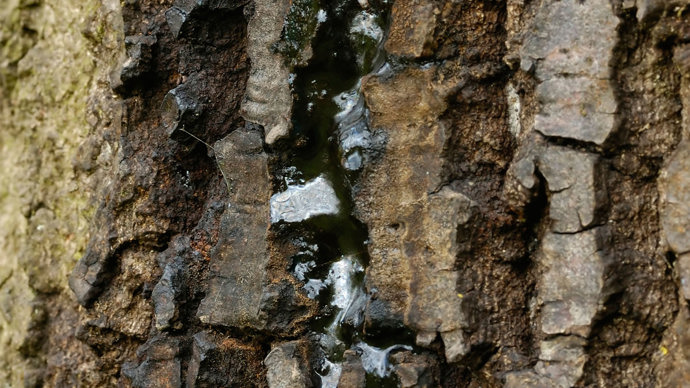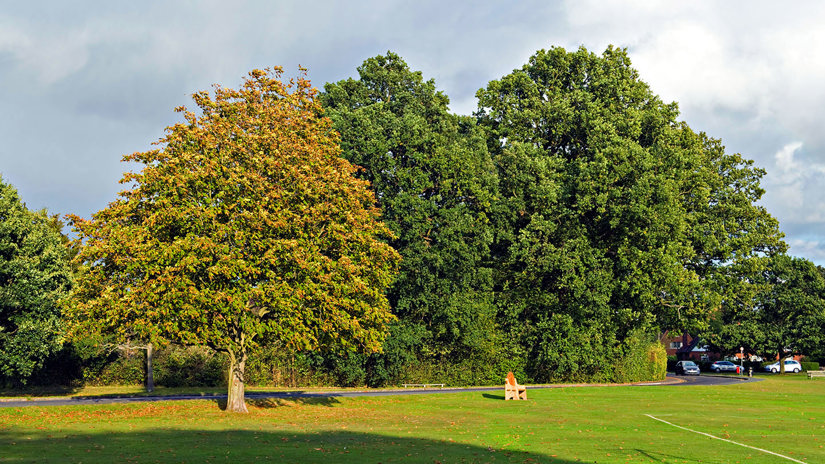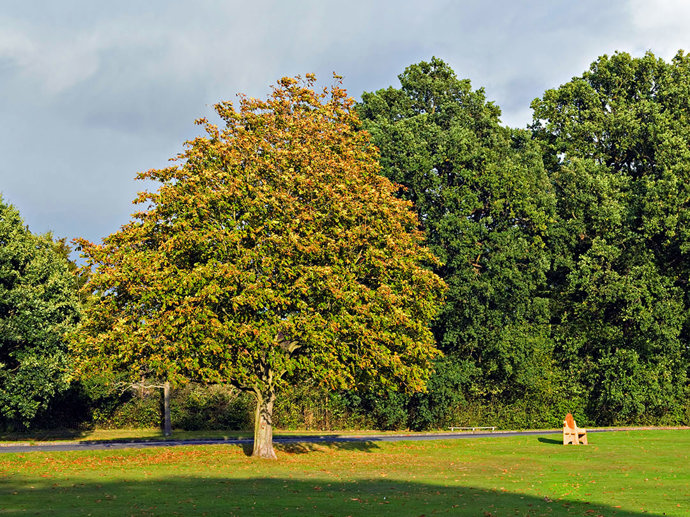Common name: acute oak decline
Scientific name: none
What does it affect?: English oak and sessile oak
Areas affected so far: southern England and Wales
Origin: none
Our native oaks are under pressure like never before. They are declining at an unprecedented rate due to drought, flooding, pollution, pests and diseases.
Common name: acute oak decline
Scientific name: none
What does it affect?: English oak and sessile oak
Areas affected so far: southern England and Wales
Origin: none
Oak declines are a complex phenomenon that have occurred a number of times across Europe over the last 200+ years. The current decline in the UK has been observed over the last 20 or so years. Trees over 50 seem to be the worst affected and mature trees can die within five years.
Symptoms include:
Acute oak decline is a novel type of oak decline which was first defined in the UK in 2014. It involves combination of factors which cause oak trees to become stressed and bacterial species which may be causing bleeding cankers.
The causes behind acute oak decline are still being researched but environmental stresses like soil conditions, drought, waterlogging and pollution can all impact the tree. Insects, fungi and bacteria then move in on the vulnerable tree and push it into decline.

Credit: Martin Fowler / Alamy Stock Photo
Symptoms of acute oak decline are essentially the tree's response to stress. They are a thinning crown as leaves are lost, cracks in the bark, and dark bleeds that may run down the trunk. If the stress is severe or prolonged, the tree can reach a tipping point where it runs out of energy to get through the winter or fight off pests. These trees can die within a few years.
Oak declines have been observed since the 1700s but this unique type of oak decline was forest reported in the UK in 2014.
In the UK, acute oak decline has been observed across the southern parts of England and Wales. As environmental conditions become more unpredictable, cases of acute oak decline might increase. Declines in other tree species might also occur.
Oak declines don’t ‘arrive’ as such, but changes in environmental conditions have caused them to come about. The evidence suggests that oak declines might become more frequent and severe as the climate changes. More frequent environmental changes like prolonged periods of drought or waterlogging will make the problem much worse.
To combat acute oak decline, we are planting oaks as much as possible. In addition, we plant in areas where oak can naturally regenerate to make sure the next generation of trees is better adapted to our changing climate.
As well as this work, we have:


We are fighting back against pests and diseases. Find out what we're doing to prevent the spread and protect the UK’s trees.